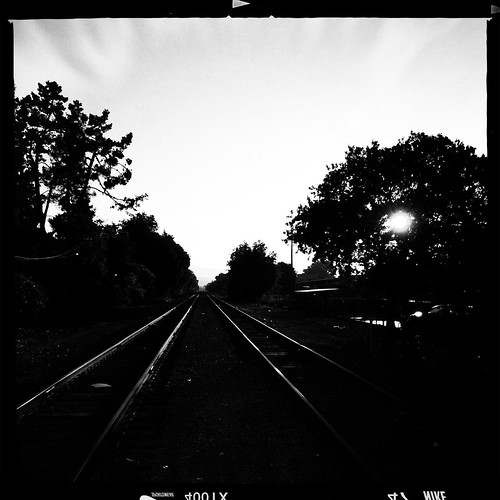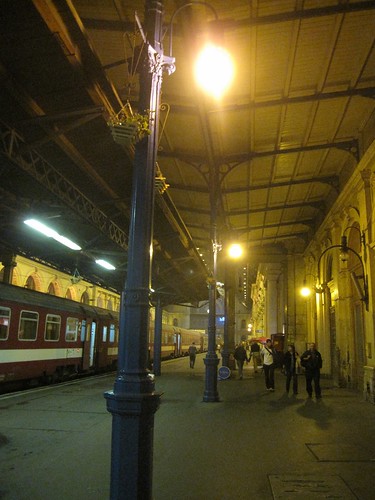Recently I ran across two mentions of train travel as conducive to mind-wandering:
- Writing in the Atlantic in 1862, Oliver Wendell Holmes describes being “magnetized into an hour or two of blissful reverie, my thoughts shaken up by the vibrations into all sorts of new and pleasing patterns, … all this without volition, the mechanical impulse alone keeping the thoughts in motion.”
- In Advice for a Young Investigator, published many years later, the neurologist Santiago Ramón y Cajal wrote that “the powerful vibration of the locomotive and the spiritual solitude of the railway car” could “suggest ideas that are ultimately confirmed in the laboratory.”
I wonder if there was a broader understanding that trains were conducive to mind-wandering, or whether these are just two random observations.
Part of what’s notable here is that these are not just appeals to the mind-expanding potential travel in general, or the fact that trains give you an enforced period of isolation and inactivity, but the specific motion and rhythm of the train as it moves on the tracks.
Maybe Steven Kern’s Culture of Space and Time or Schivelbusch’s The Railway Journey can throw some light on the question.


